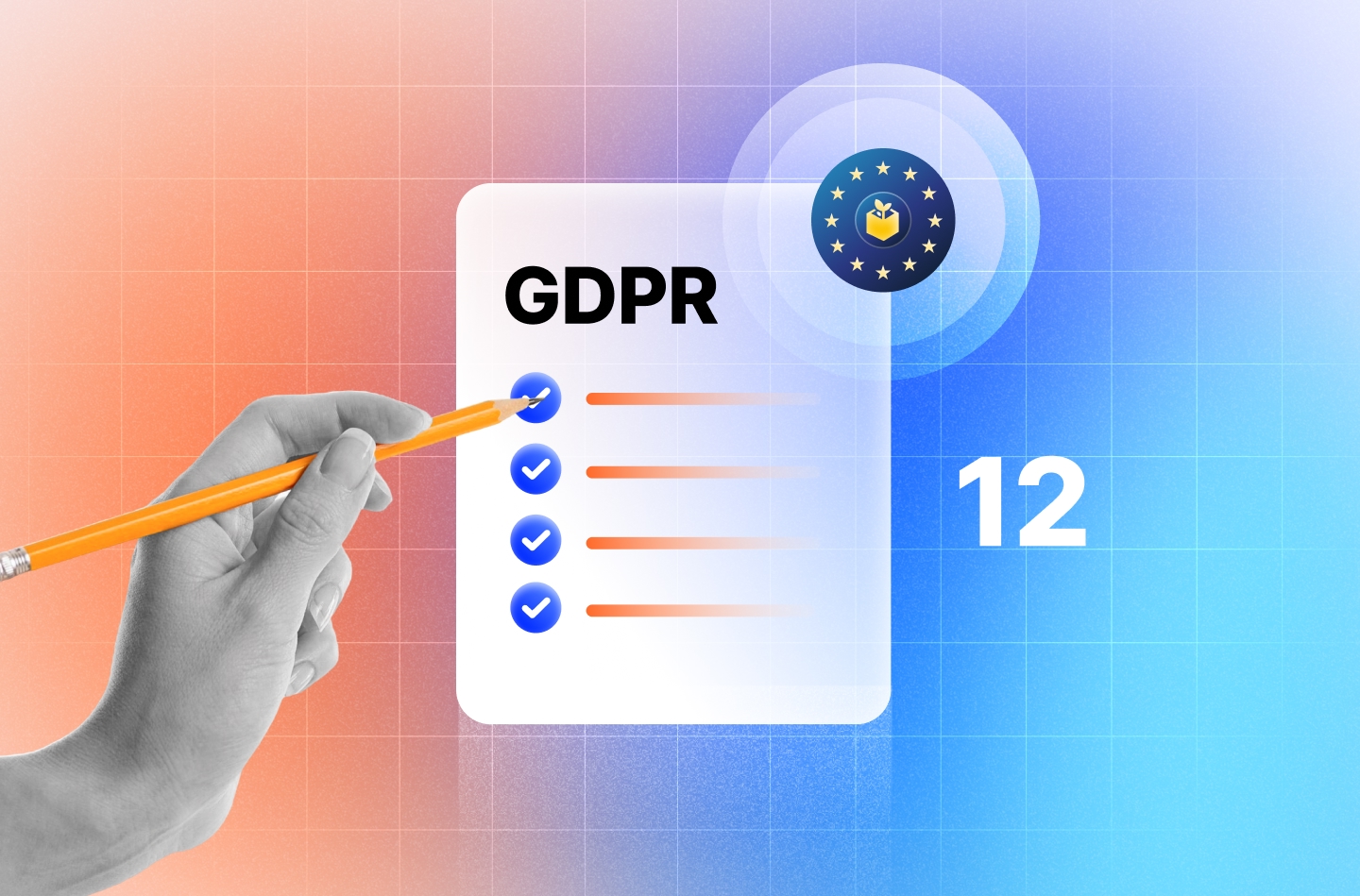
UK GDPR vs EU GDPR: Key Differences Explained
Key Points Introduction If you run a cloud-hosted company that collects customer data in the United Kingdom (UK), you would have heard about the General Data Protection Regulation (GDPR). GDPR is regarded as the most important data protection law in the European Union (EU) and the United Kingdom (UK). The primary purpose of UK privacy…
GDPR Data Mapping Template: Essential Practices and Compliance Strategies
GDPR Data Mapping is the process of indexing and recording how your business collects data, stores data, and uses it internally and on external channels. it gives organizations a clear picture of their data, enabling them to identify and mitigate risks, such as data breaches, unauthorized access, and data loss. A data map essentially is a…
GDPR Requirements: How to Stay Compliant with Data Privacy Laws
In 2017, 83000 data protection officers (DPOs) were appointed; now, there are over half a million! This 700% increase in the demand for DPOs has been mainly attributed to GDPR implementation requirements. “We once hired an external consultant who gave us an idea about the implementation, but it was very, very high level.” – Idan Deshe, Co-Founder…
12-Step GDPR Compliance Checklist
Applications used in daily life collect large amounts of data through embedded trackers. This data could potentially be used in a cyber attack, leading to a violation of data privacy. According to Salesforce, 60% of their customers felt they had no control over how their personal data is used. The European Union established the General…
GDPR Certification: Step by Step Guide
The EU’s General Data Protection Regulation (GDPR) hasn’t just shaken up data privacy in Europe – it’s become a global trendsetter. Its influence has rippled across the world, inspiring similar laws and raising the bar for data protection everywhere. Brazil’s Lei Geral de Proteção de Dados (LGPD) and India’s proposed Personal Data Protection Bill share…
